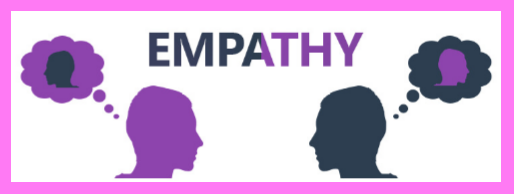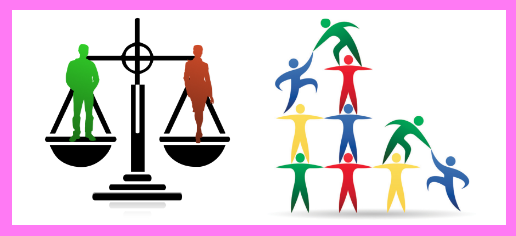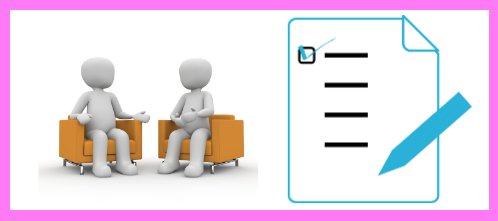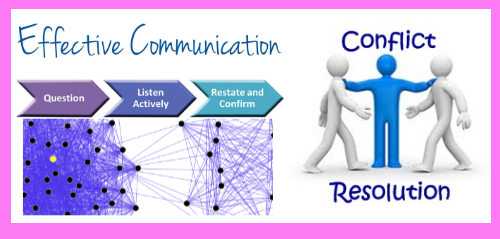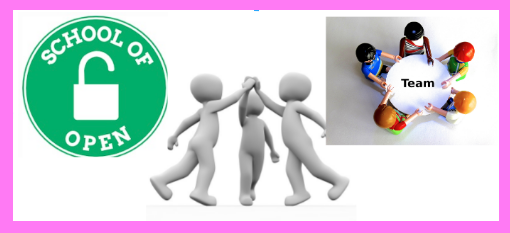


Development FIRST Steps
(David Peterson and Mary Dee Hicks)
- Focus on priorities:
- What are the most important skills in your development plan?
- Select 1-2 areas.
- Work with focus areas for 1-2 months before moving on.
- Figure out:
- where are you know and where do you want to go?
- what are you actually going to do differently?
- what are the impacts of these changes?
- Implement something every day.
- At least 5 min per day on development (micro initiative that might grow to macro impacts)
- Seek out situations with:
- High stakes and visibility
- Novelty to stretch your comfort zone
- Challenges that require you to do more than you’ve done in the past
- Interactions that require you to work with non-subordinates
- In these situations ask:
- Can I take a risk each day?
- How can I use my strengths?
- What resources do I need?
- What do I need to face?
- Reflect on your experience.
- What have you learned from successes and mistake?
- Write each day:
- proudest moment
- high light of the day
- Look for patterns in reflections
- Seek feedback and support:
- the more people you involve, the more chance of success
- Supporters can give you
- feedback
- direction
- new strategies
- support
- motivation
- accountability
- Guiding questions
- Who are the best people to support you?
- Who are the best people to get feedback from?
- Can you tell them what you need and how they can help?
- What kind of feedback is unhelpful?
- How can you foster mentoring relationships with them?
- Transfer learnings into next steps:
- Codify successes into patterns, resources, and supports needed to move forward
- When success occurs:
- write down success steps
- ask others what they saw you do that was helpful
- teach someone else how you did it
- teach your learning to your team
- ask others to hold you accountable to better patterns and make you aware of when you’re slipping back into old habits


- For teacher development plans:
- Do an inventory of the teaching strategies and skills you would like to master to become a better teacher
- Prioritize your inventory – seek out 1-2 focus areas
- Brainstorm how you can take small risks each day to learn something new about your focus areas
- Recruit people who can offer support, advice and feedback
- For student development plans
- Help students use learning targets to identify 1-2 focus areas
- Research and develop scaffolding strategies, tools and activities that students can implement every day to become more skilled focus areas
- Have students assume appropriate roles in development plans – thought partners, observers, feedback partners – train students how to perform roles well
- For teacher development plans:
- Keep record of risk tried each day and related learnings
- Supplement notes with advice, feedback and observations from support team
- For student development plans:
- Have students record what they tried and what they learned from it.
- Have student supplement their reflections with advice and observations from their support teams.
- For teacher and student development plans:
- Look for patterns in successes in journal entries
- Identify the most effective strategies
- Solidify the HOW in the effective strategies by teaching them to another team member
- Identify new patterns you’d like to convert into routines
- Recruit an accountability team that will let you know when you are sticking to new routines and when you’re slipping back into old habits

- Collaboration articles
- Agency articles






